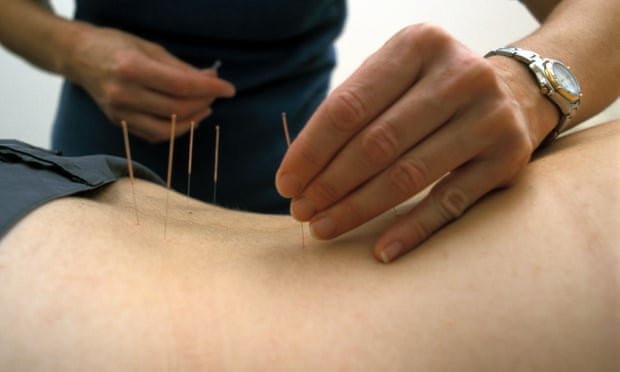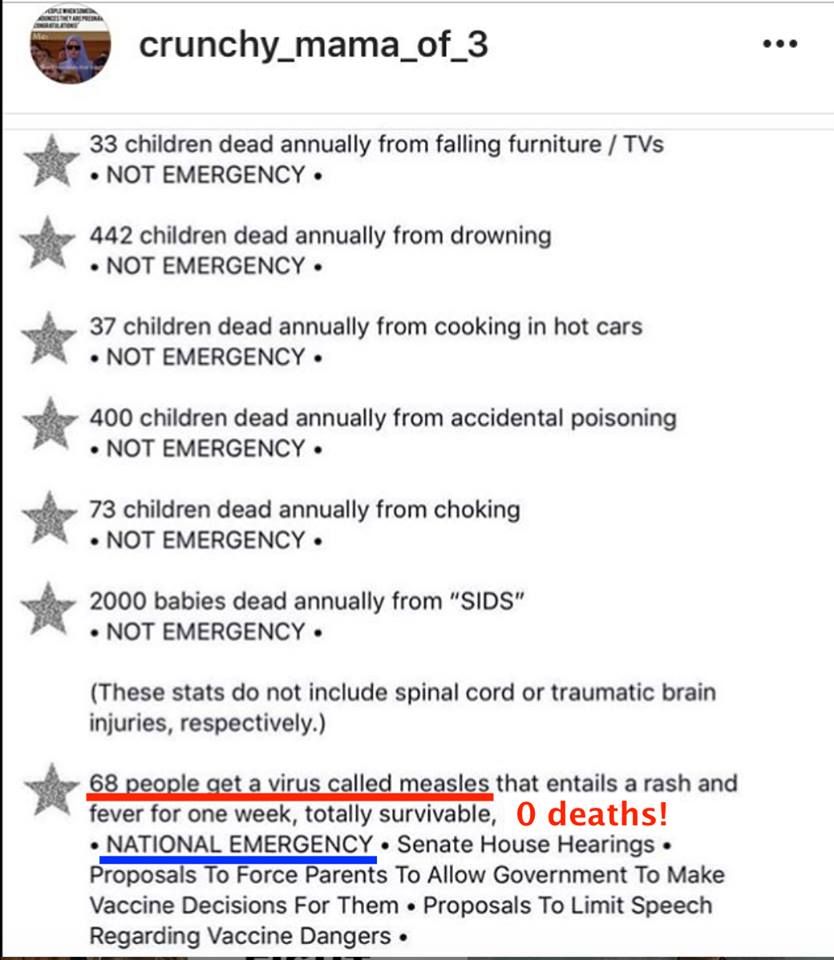Aluminium And 5G

Worth thinking about…
Higher levels of urinary fluoride associated with ADHD in children

Higher levels of urinary fluoride during pregnancy are associated with more ADHD-like symptoms in school-age children, according to University of Toronto and York University researchers. “Our findings are consistent with a growing body of evidence suggesting that the growing fetal nervous system may be negatively affected by higher levels of fluoride exposure,” said Dr. Morteza Bashash, the study’s lead author and researcher at the Dalla Lana School of Public Health.
Spain plans to ban alternative medicine in health centres

The drug companies are pushing world wide to have a monopoloy on “solutions” to your ills. If you do not want to be a “forever customer” on drugs, demand better and look for alternatives – nutrition, naturopathy, homeopathy, Chinese herbs, chiropractic to name a few. https://www.theguardian.com/world/2018/nov/14/spain-plans-ban-alternative-medicine-health-centres
New Respiratory Health Hazard Linked to E-Cigarette Vaping
A new study has found a link between e-cigarette use and an increased risk of stroke and heart attacks. http://dailytrendingtodaynews.com/2019/03/new-respiratory-health-hazard-linked-to-e-cigarette-vaping/
CFIDS (Chronic Fatigue and Immune Dysfunction Syndrome) Revelations
Here is some very interesting data from a doctor who cured his daughter from what she acquired in the Gulf War. Vaccine Bio GermWarfare vaccine IS contagious and deadly… …and it is airborne.
FDA Announces that Permanent Peripheral Neuropathy is to be Added to Warning Labels for Fluoroquinolone Antibiotics

I finally found someone saying what I have felt for years, that some antibiotics are so dangerous that they should only be used in a life or death situation.
On August 15, 2013 the FDA announced that a new, highlighted warning would be added to all orally administered and injected fluoroquinolone antibiotics (Cipro, Levaquin, Avelox, etc.), noting that these drugs cause peripheral neuropathy. The announcement can be viewed through this link – http://www.fda.gov/Drugs/DrugSafety/ucm365050.htm The Related Information links give further details on the dangers of fluoroquinolones and the rationale behind the FDA’s decision to finally, after 30 years of consumer complaints, to warn people of this devastating effect of fluoroquinolones.
The FDA announcement is a HUGE step in the right direction. Now, when patients go to their doctors with sudden, severe pain in their extremities, their doctors are going to be more likely to connect the patient’s peripheral neuropathy with the fluoroquinolone antibiotic that the patient took. As more and more doctors make the connection between their patients’ painful, burning, swollen feet (among other symptoms of peripheral neuropathy) and fluoroquinolones (again, Cipro, Levaquin, Avelox, etc.), they will be more likely to recognize the severity and frequency of adverse reactions to these drugs. They may even start connecting the other symptoms that their patients experience with fluoroquinolones and really, truly acknowledging the damage that these drugs do. This recognition may/should/will start the ball rolling in the direction of doctors actually using fluoroquinolones appropriately – as a drug of last resort, to be used only in life-or-death situations.
Central Coast doctor suspended by health watchdog for anti-vaccination views

The tyranny continues.
Rule 1
Thou shalt have no opinion other than that which the state decrees acceptable!
Rule 2
Where the state is observably and scientifically proven wrong by its own departments, (as in the case of vaccines) refer rule 1.
The article is full of lies (the discredited link between vaccines and autism) which have been well documented even in the CDC’s own data.
Ignore Logic – Follow The Money

What in heaven’s name are you trying to introduce logic into a discussion prioritising health resources?
Follow the (drug company) money!
It’s ALL about the money!
What does Merck make in profit a day from that non-effective cervical cancer vaccnine, Gardisil? 4.6 million dollars a day?
How many politicians does that buy? A LOT apparently!
All Four Vaccine Makers Are Convicted Felons

Get your head around this if you will. Then tell me you trust vaccines.
Pharma’s rap sheet:
Merck
https://www.corp-research.org/merck
https://violationtracker.goodjobsfirst.org/prog.php?parent=merck
Glaxo
https://www.corp-research.org/glaxosmithkline
https://violationtracker.goodjobsfirst.org/prog.php?parent=glaxosmithkline
Pfizer
https://www.corp-research.org/pfizer
https://violationtracker.goodjobsfirst.org/prog.php?parent=pfizer
